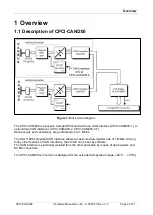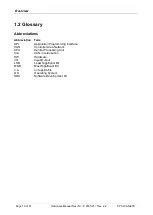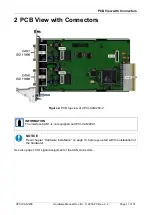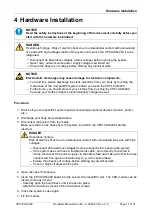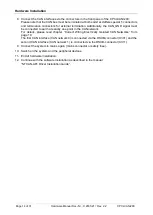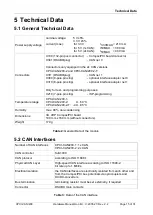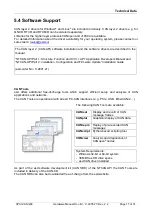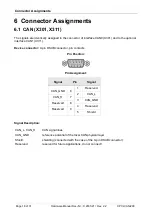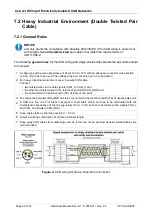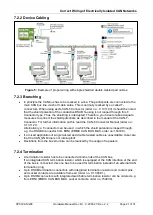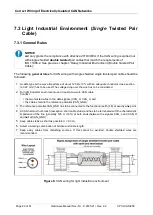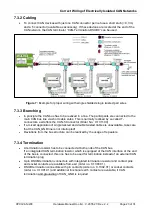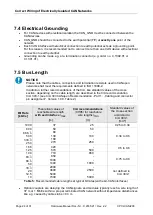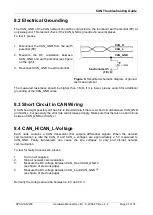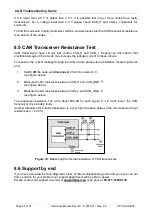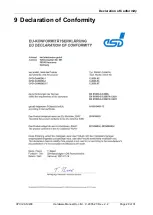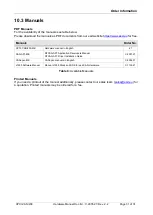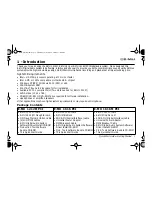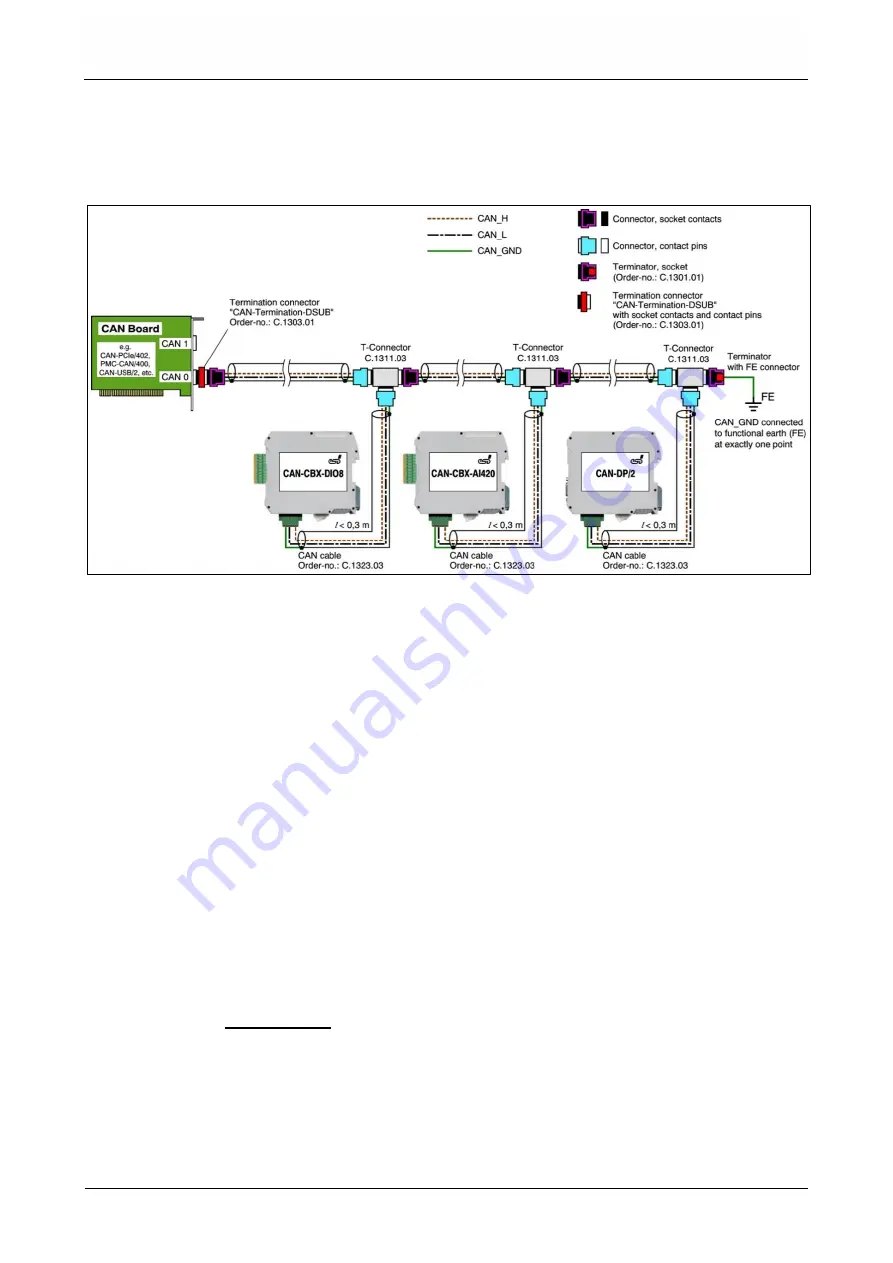
Correct Wiring of Electrically Isolated CAN Networks
CPCI-CAN/200
Hardware Manual Doc.-Nr.: C.2035.21/ Rev. 2.2
Page 23 of 31
7.3.2 Cabling
•
To connect CAN devices with just one CAN connector per net use a short stub (< 0.3 m)
and a T-connector (available as accessory). If these devices are located at the end of the
CAN network, the CAN terminator “CAN-Termination-DSUB9” can be used.
Figure 7:
Example for proper wiring with single shielded single twisted pair wires
7.3.3 Branching
•
In principle the CAN bus has to be realized in a line. The participants are connected to the
main CAN bus line via short cable stubs. This is normally realised by so called T-
connectors. esd offers the CAN-T-Connector (Order No.: C.1311.03)
•
If a mixed application of single twisted and double twisted cables is unavoidable, take care
that the CAN_GND line is not interrupted!
•
Deviations from the bus structure can be realized by the usage of repeaters.
7.3.4 Termination
●
A termination resistor has to be connected at both ends of the CAN bus.
If an integrated CAN termination resistor which is equipped at the CAN interface at the end
of the bus is connected, this one has to be used for termination instead of an external CAN
termination plug.
●
9-pin DSUB-termination connectors with integrated termination resistor and contact pins
and socket contacts are available from esd (order no. C.1303.01).
●
DSUB termination connectors with pin contacts (order no. C.1302.01) or socket contacts
(order no. C.1301.01) and additional functional earth contact are available, if CAN
termination and grounding of CAN_GND is required.

